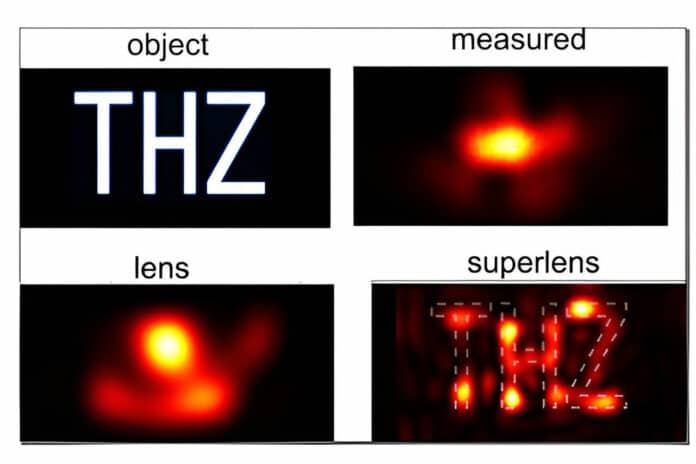At lower frequencies, when exponentially decaying evanescent waves are often measured with a tip or antenna close to an object, imaging with resolutions substantially below the wavelength is still tricky. Because probes might disturb the near-field itself, such methods are frequently problematic.
University of Sydney physicists have demonstrated a novel method for superlensing with little loss, surpassing the diffraction limit by almost four times. Their trick is to obliterate the superlens.
According to scientists, this work is expected to improve super-resolution microscopy. It could also advance imaging in fields as varied as cancer diagnostics, medical imaging, archaeology, and forensics.
Lead author of the research, Dr Alessandro Tuniz from the School of Physics and University of Sydney Nano Institute, said: “We have now developed a practical way to implement superlensing without a super lens.”
“To do this, we placed our light probe far away from the object and collected high- and low-resolution information. By measuring further away, the probe doesn’t interfere with the high-resolution data, a feature of previous methods.”
In the past, scientists tried to create superlenses using novel materials. However, those materials absorb too much light to make the super lens useful.
In this study, that limitation has been overcome by performing the superlens operation as a post-processing step on a computer after the measurement. The selective amplification of evanescent or vanishing light waves creates a “true” image of the item.
Co-author, Associate Professor Boris Kuhlmey, also from the School of Physics and Sydney Nano, said: “Our method could be applied to determine moisture content in leaves with greater resolution, or be useful in advanced microfabrication techniques, such as non-destructive assessment of microchip integrity.”
The method could even reveal hidden layers in artwork, proving useful in uncovering art forgery or hidden works.
For this study, scientists used light at terahertz frequency at millimeter wavelength in the spectrum region between visible and microwave.
Associate Professor Kuhlmey said: “This is a very difficult frequency range to work with, but a very interesting one, because at this range, we could obtain important information about biological samples, such as protein structure, hydration dynamics, or for use in cancer imaging.”
Dr Tuniz said: “This technique is a first step in allowing high-resolution images while staying at a safe distance from the object without distorting what you see.”
“Our technique could be used at other frequency ranges. We expect anyone performing high-resolution optical microscopy will find this technique interesting.”
Journal Reference:
- A Tuniz & B Kuhlmey, ‘Subwavelength terahertz imaging via virtual superlensing in the radiating near field’, Nature Communications (2023). DOI: 10.1038/s41467-023-41949-5
